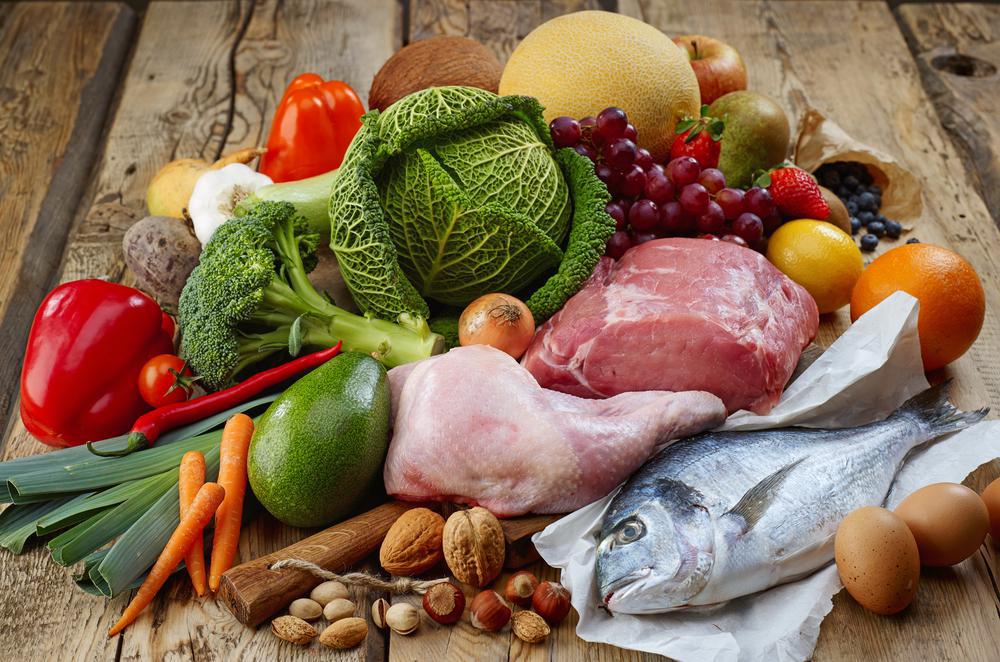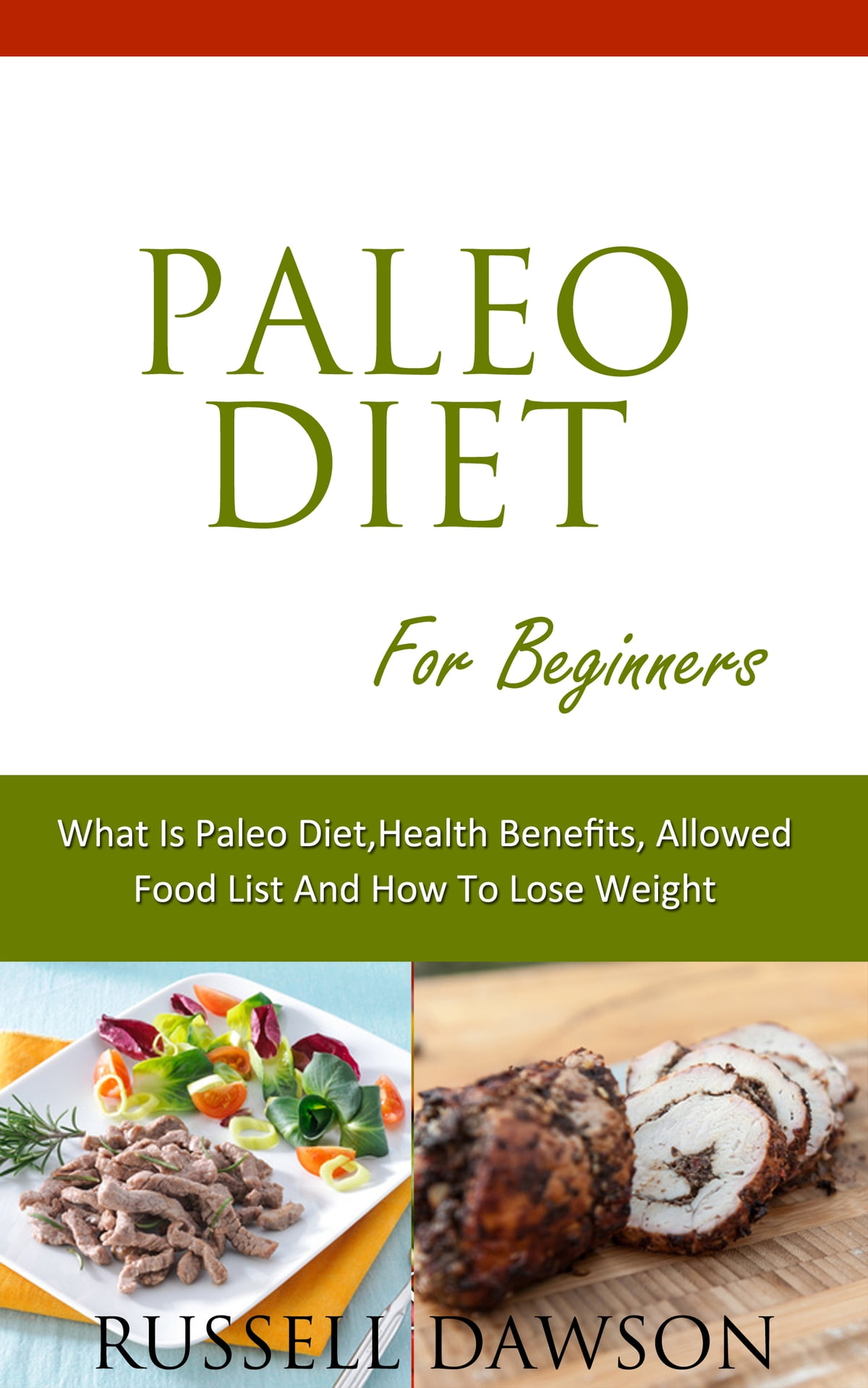
The menu diet paleo emphasizes eating foods that our ancestors ate. This diet includes foods like apricots, dried pumpkin seeds, and banana with almond butter. You can also eat sweet potatoes, chicken and other vegetables. EatingWell recognizes the importance of certain foods, even though the paleo diet can seem restrictive. Here's a discussion on which foods you can eat while still following a healthy eating plan.
Pola makanan paleolithic manusia
Christina Warinner, Ph.D., studied pola makan manusia purba and mitos-mitos pola makanan paleolithic manusia in 2010. She revealed that manusia Paleolithic manusia consumed large quantities of daging, and ate all types of meat. This myth was believed by many paleolithic people but is now considered obsolete and irrelevant.
The diet of the paleo, also known by the diet of manusia ga, allows you to eat the same food as manusia guma used to eat. Their kesehatan is improved and they preserve their heritage. However, this diet is not for everyone. This diet is not suitable for everyone and is only recommended for a small number of people.
Two types of kelompokan make up the lukisan of Ramasokat: ceruk, and lukisan-gua. They were grown in the Sulawesi Tenggara area and Liabalano. The lukisan gua has a combination of proteins, fats and carbohydrates. These nutrients support healthy living, and may even help us understand the nuances of human evolution.

Modern people eat a varied diet that has many benefits and some downsides. People who eat foods rich with nutrients, such the Paleolithic Era diet, are more likely than others to develop diseases. Healthy eating habits can help lower your chances of developing diseases. Clean Eating can help you eat healthier. The obvious benefits of this diet are clear: eating low in fats can have positive effects on your health. Also, you won't get sick if you eat too much.
Foods that are allowed on a paleolithic diet
Foods found in processed foods often contain added sugars, vegetable oil, and artificial sweeteners that can be harmful to your health. The excess salt and refined sugars that are found in processed foods can lead to obesity. Heart disease can also be caused by high levels of salt. The American Heart Association recommends that vegetable oils be replaced with canola oil by using safflower oil or corn oil. These oils contain high amounts of omega-6 fat acids.
Many commercial paleo diets limit dairy products to a minimum. Some have stricter restrictions. Among the foods allowed on a paleolithic menu diet are lean pork loin, roasted chicken with onion and carrot stuffing, and steamed broccoli. Other paleo diets allow for small amounts maple syrup and honey. There are varying levels of scientific research about the benefits of this diet.
The high levels of phytotic acid found in legumes is something paleo enthusiasts recommend you avoid. These substances block the absorption from the gut of essential minerals. However, they are permitted in some cases. While it may be tempting to eat legumes and potatoes, it's not recommended to add them to your diet as often as you would other processed foods. It is better to include lots and plenty of fruits & vegetables in your daily food plan.
Guidelines for eating paleolithic food
Although they differ greatly from the standard modern diet, the Guidelines for Eating Paleolithic Diet have the same basic principles. Although the Paleolithic diet was mostly made up of animal products, it also includes a lot of plants and has few restrictions. The diet is not for everyone. You should be cautious if you believe you could benefit from Paleolithic eating habits.

The Paleolithic diet excludes dairy products from most meals. You may be at risk of nutritional deficiencies if you cut out these important food groups. Tooth decay can be caused by a deficiency of calcium. A diet low in this mineral may also cause problems with your bones and teeth. Furthermore, calcium plays a role in blood clotting and muscle contraction. Moreover, whole grains reduce the risk of heart disease, stroke, and type 2 diabetes. However, because grains were largely eliminated, you may find yourself at risk for calcium deficiency.
Many principles are involved in Paleolithic-style eating. It emphasizes eating healthy foods and nutrient-rich plants. It also limits processed foods. It is best to follow the guidelines closely so you don't overdo it. Each person's paleolithic lifestyle is unique. It is important to remember that the Paleolithic diet was based on a lifestyle that existed 10,000 to 12,000 years ago.
FAQ
How can I get hired to be a chef?
The first step toward getting a job as a chef is to complete a culinary arts degree. You can then join a professional group such as ACF. This organization provides certification exams and offers networking opportunities.
How can I learn to cook like the pros?
Cooking is a great way to improve your life. Learning to cook healthy food for yourself and others is a great way to increase self-confidence and develop new skills. Learn how to cook healthy food at home. Finding out your favorite recipes is the first step. Next, you should read books on different cuisines, like Mexican, Chinese, and Italian. Finally, make sure you practice different recipes until you feel confident.
Do I have to learn how to cook with my children?
Yes! Yes! Kids love helping in the kitchen. It's a fun activity that teaches them responsibility and teamwork. The whole process can be done by children, including washing and chopping vegetables. Children will love helping to cook if they are taught safe knife handling techniques.
Statistics
- On average, chefs earn $58,740 a year, according to the BLS. - learnhowtobecome.org
- In the United States, the category is estimated at $23.2 billion annually and is growing faster than the market. (washingtonpost.com)
- The median pay for a chef or head cook is $53,380 per year or $25.66/hour, according to the U.S. Bureau of Labor Statistics (BLS). (learnhowtobecome.org)
External Links
How To
How to become a chef
Chefs are one of the most fascinating careers. This job requires a lot knowledge and skills. It can be difficult to determine what job is best for you. However, if you want to start working immediately, there are many ways to get into this field. You can work at restaurants, hotels or catering businesses. You could also take up cooking classes. We have some helpful tips to help you make the right decision when choosing a career as a chef.
-
Learn how to cook!
Cooking is something everyone should learn at least once in their life. Learn how to cook even if you don’t know much about cooking. So many different recipes are available online, and they are easy to follow. You should not rush learning new skills. Take your time, enjoy each step, and don't rush to learn new things.
-
Earn a degree
If your goal is to be a professional chef you should pursue a culinary arts degree. By doing this, you can develop your own style and learn valuable knowledge. Culinary schools offer courses like baking, pastry-making, meat cutting, etc. They usually require students to attend classes for several years before they graduate. It is important to consider your options before choosing a school to train as a chef.
-
Work in a restaurant
Working in a restaurant is probably the easiest way to enter the world of chefs. Most people who decide to become a chef do this first because it gives them hands-on experience. Restaurants look for qualified staff who have previously worked in another field. You should apply for jobs in restaurants if you are interested in becoming a chef.